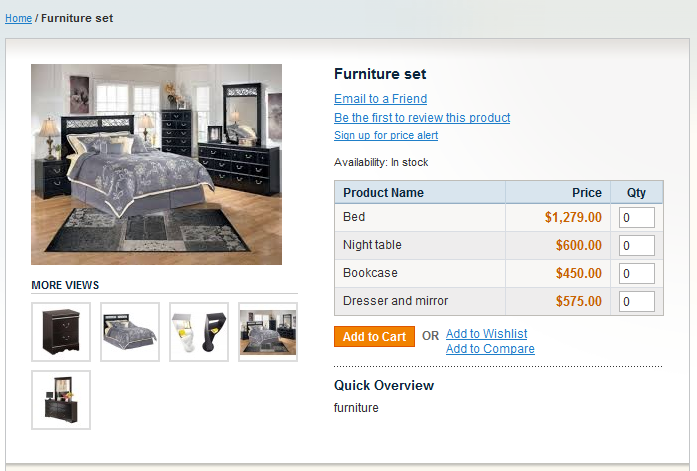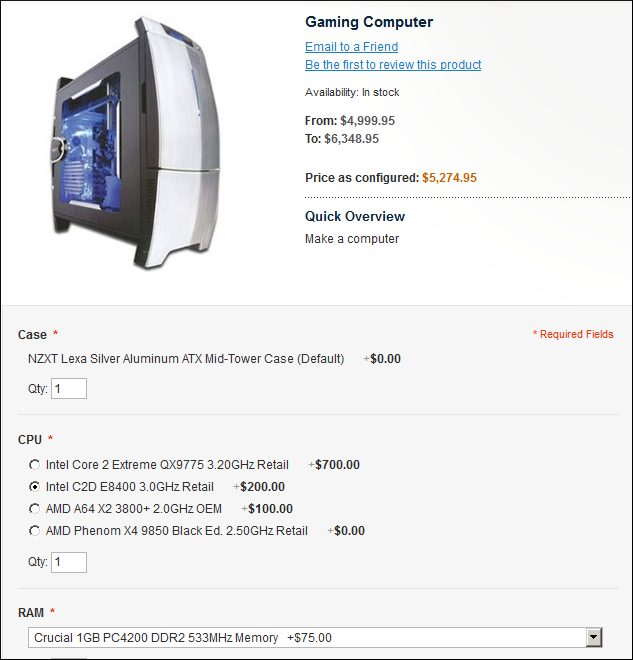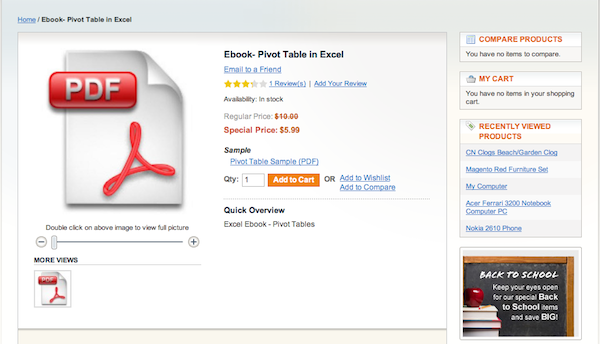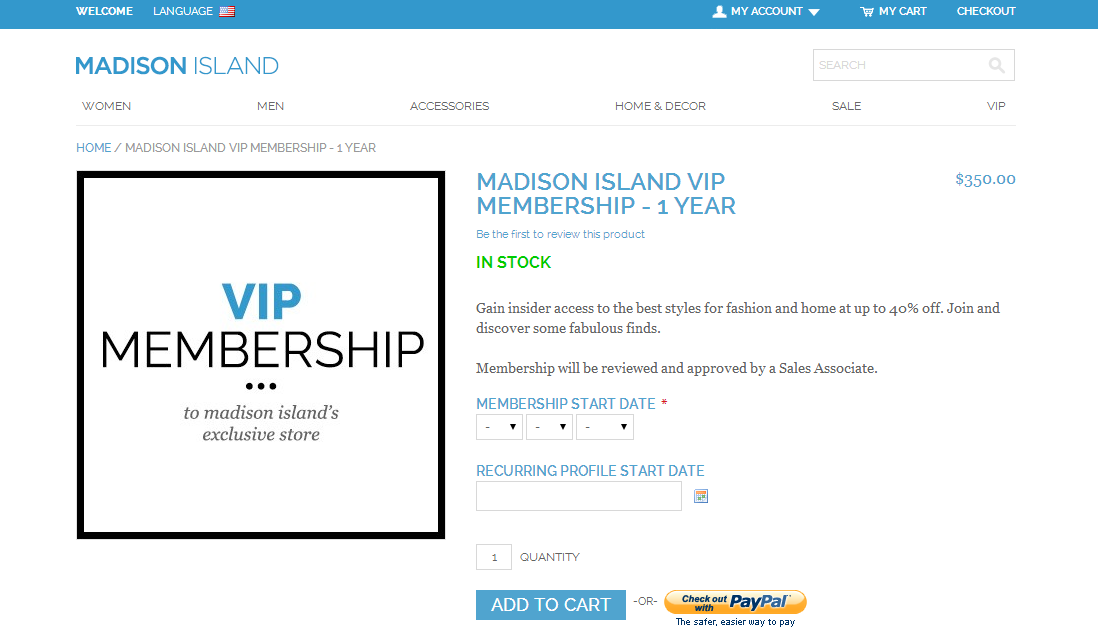
When using Magento, you’re in the fullest control over your store. That’s what makes it so wonderful. Learn more about platform benefits. And a bit over-complicated too. Consequently, the purpose of some of the most basic yet prominent Magento functionality features often remain a mystery - such as product types.
Few open source e-Commerce solutions allow you to play with your products in the way Magento does. While an ability to set up products to the very specific needs of a store owner is great, it can lead to a painful experience if used improperly. Thus, to unleash the fullest potential of your store and prevent bitter mistakes, today we’ll examine and draw the line between the essential differences of Magento product types.
Magento Simple Products
Simple products are just that -- physical, invariable products that you can ship. There are no options such like size, color, material, etc., which customers can pick during the process of order making.

Such product can be this a specific camera model. It’s sold with no color options, no sizes, no material variations, no nothing.
Magento Configurable Products
Configurable products -- products that have multiple options -- are way more interesting. For example, a t-shirt that comes in 2 different colors (white, black) and 3 sizes (S, M, L) is a configurable one. Color and size are the options in this case.
Basically, a configurable product ties up several simple ones:
- white t-shirt, small
- white t-shirt, medium
- white t-shirt, large
- black t-shirt, small
- black t-shirt, medium
- black t-shirt, large
It gives the end user the choice to pick a size, color and other options available for a product conveniently on a single page, usually from a drop-down menu:
- Color: white, black
- Size: small, medium, large
If there weren’t configurable products, every product variant (black t-shirt, small & white t-shirt, medium) would have their own separate pages.
You can add nearly any option to a configurable product allowed by Magento attribute system. Also, you can apply specific images, costs, and inventory limit for each of the product variants, making a black t-shirt cost $2 more than a white one, for example.
Magento Grouped Products
Grouped product is just a “group” of simple products that fit and make sense to be sold together (perhaps with discounts on purchasing as a package deal).

Above is an example of a grouped product - “Furniture set”, that unites several furniture items for the purpose of customer’s convenience. Each of the items in a grouped product would be simple ones if sold separately.
Magento Bundled Products
We could consider a bundled product as to a set of configurable products. Unlike a grouped product that’s predefined by a store owner, a bundled product is designed to let customers build the complex end product they need using options.
For example, a bundled product “Desktop computer” looks like this:

In contrast to a grouped product, users may alter the items included in a bundled one. Consequently, the price will depend on those selections.
Magento Downloadable Products
Downloadable product is a simple product that doesn’t exist physically and can be downloaded from the website that you sell. E-Books, music files, video content, presentations, pieces of software - all those are referred as downloadable products.

Magento Virtual Products
Now, virtual products are not some virtual files that you download. Instead, they are designed to be the services that you offer.
For example, it could be ordering a website SEO audit, a room cleaning service, access to an online seminar, or an automated shopping cart migration using shopping-cart-migration.com. Basically, all kinds of stuff that are neither shipped or downloaded.

Bottom Line
The available range of product types supported by Magento makes it a perfect solution for selling virtually any kinds of products or services. Whatever solution you’re currently running to power your store, you can easily seize all the benefits of Magento by performing a simple automated migration using shopping-cart-migration.com. Start with a free Demo and test the Magento functionality without the need of having an actual store!
Monthly Update – December 2025
As we approach the final month of 2025, the e-commerce landscape for platforms like Magento (now Adobe Commerce) continues to emphasize flexibility and customer-centricity. Understanding and optimally utilizing Magento's diverse product types is more crucial than ever. Retailers are increasingly focusing on dynamic pricing strategies and personalized product bundles, making the effective management of Configurable and Bundled Products a key differentiator. Ensure your product configurations are intuitive, allowing customers to easily customize their purchases, whether it's selecting specific attributes for a t-shirt or building a complex desktop computer system.
Furthermore, the digital economy thrives on content and services. Virtual and Downloadable Products offer excellent avenues for diversifying your revenue streams, from selling premium e-books to offering online consulting services. For a seamless user experience, these non-physical goods must be integrated smoothly into your store's catalog and checkout process. As you review your store's performance this December, consider how enhancing your product type utilization can drive higher engagement and conversion. Leveraging advanced Magento features to clearly differentiate and present each product type will empower both you and your customers, leading to a more robust and adaptable online store.
For more details, explore our FAQ section or schedule a call with a migration expert.



